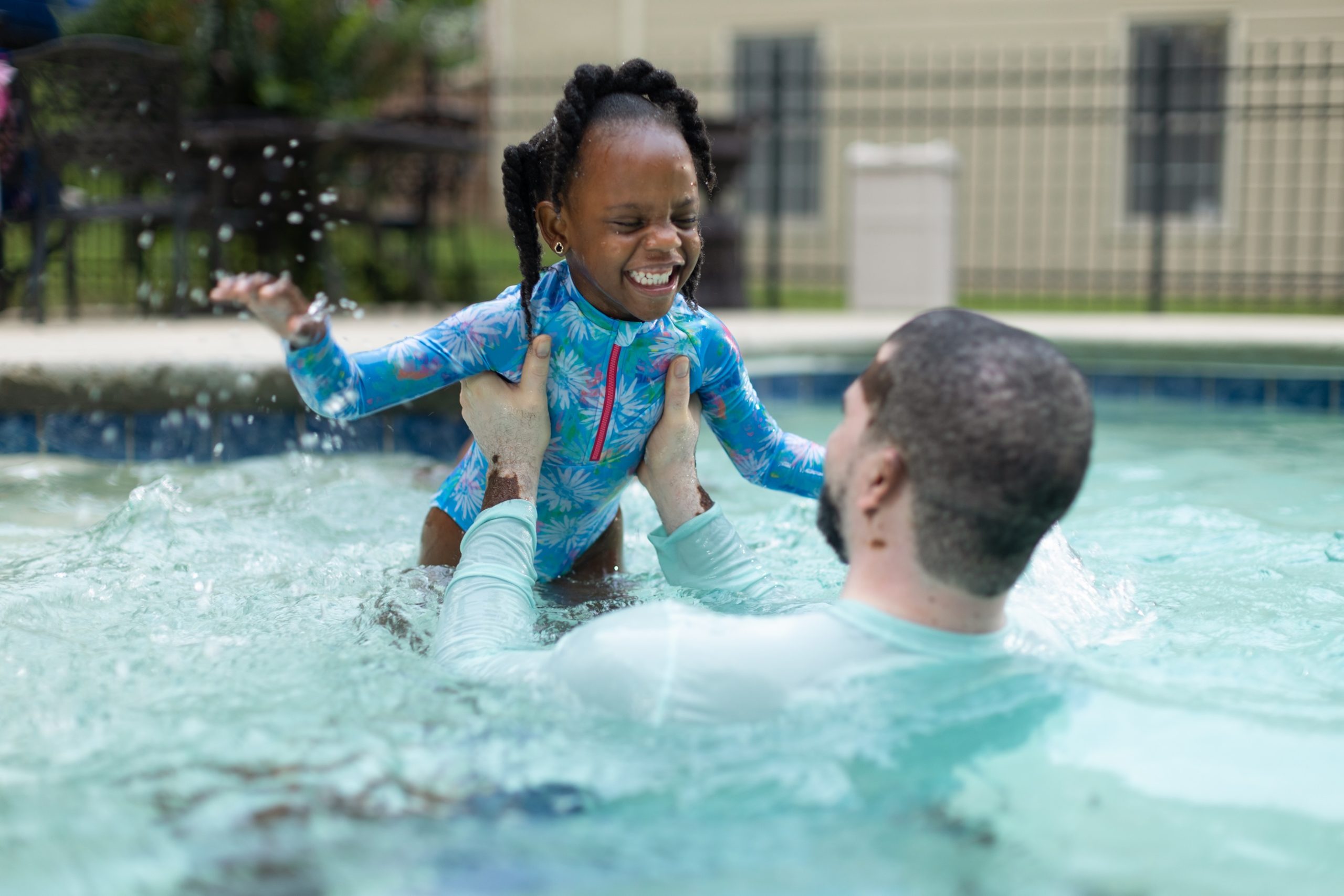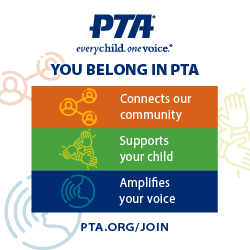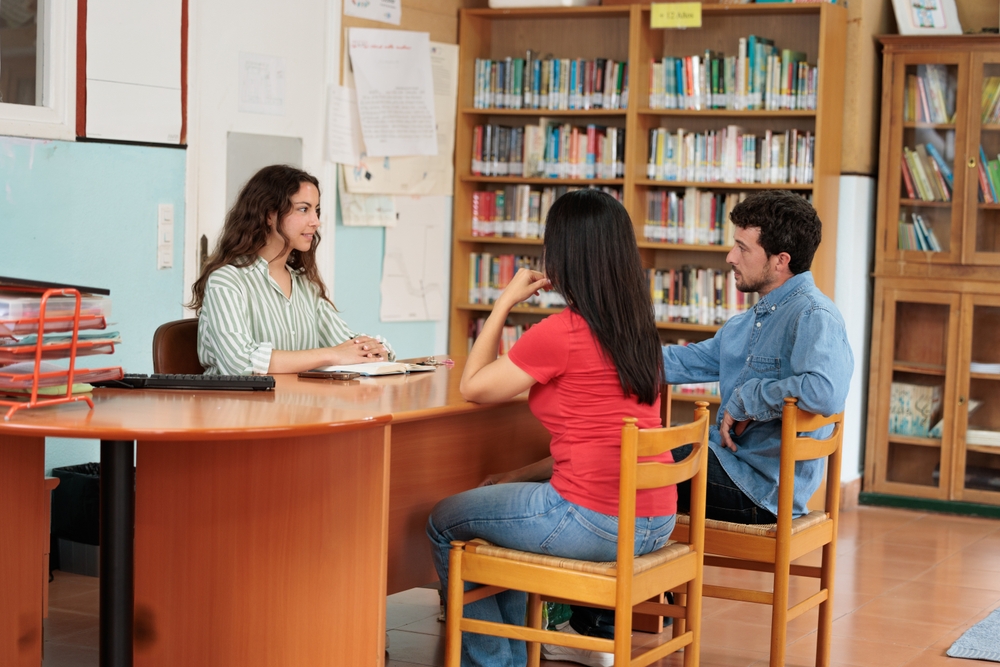Summer days often include creating fun family memories in and around water. Sadly, it’s also a time when drowning can happen. A new report from the CDC shows that drowning deaths have increased in recent years, especially among children ages 1 to 4, where drowning is the leading cause of death. The good news is that you can prevent drowning. Use these tips to help keep you and your kids safe while creating memories of swimming, boating, fishing, and other water activities this summer.
1. Learn basic swimming and water safety skills
It’s never too late to learn how to swim. Formal swimming and water safety lessons can reduce the risk of drowning.
The YMCA and the Red Cross are among many of the organizations who provide swimming and water safety lessons for children and adults. Find swimming lessons in your area:
- Swimming | Swim Classes & Training | Red Cross
- Find Your Y | YMCA of the USA
- Home – USSSA (usswimschools.org)
- Learn to Swim (usaswimming.org)
2. Build fences that fully enclose pools
If you have a pool at home, construct and use a four-sided fence that is at least four feet in height and fully encloses the pool. The fence should separate the pool from the house, with self-closing and self-latching gates. Remove all toys from the pool area that might attract children to the pool when it is not in use.
3. Supervise closely
Designate a responsible adult to supervise children closely and constantly when they are in or near water (including bathtubs). Drowning happens quickly and quietly. Adults watching kids in or near water should avoid distracting activities like reading, using the phone, and consuming alcohol or drugs.
After swim time is over, shut and lock doors that give access to water. Be proactive and learn about any risks when visiting another home or unfamiliar location. Adults should supervise children closely, even if they have taken swimming lessons and when lifeguards are present.
4. Wear a life jacket
People of all ages and swimming abilities can reduce the risk of drowning while boating by wearing life jackets.
Children can also use life jackets as a layer of protection when they are in and around natural water and swimming pools. Do not rely on air-filled or foam toys, as these are not safety devices.
“Floaties,” arm bands, or water wings do not prevent children from drowning and can easily slip off, especially when kids jump into the water. Water wings can produce a false sense of safety for parents and children. A U.S. Coast Guard-approved life jacket is more protective.
5. Learn CPR
If a drowning incident occurs, CPR skills could help save your child’s life in the time it takes paramedics to arrive. Many organizations offer CPR training courses both online and in person.
Learn more about how to protect yourself and your kids from the danger of drowning:
Dr. Tessa Clemens is a Health Scientist at the Centers for Disease Control and Prevention (CDC). She identifies effective strategies for preventing drowning through investigating data sources and methods to improve drowning surveillance. Her work focuses on understanding and addressing racial and ethnic disparities in drowning rates in the U.S.


















